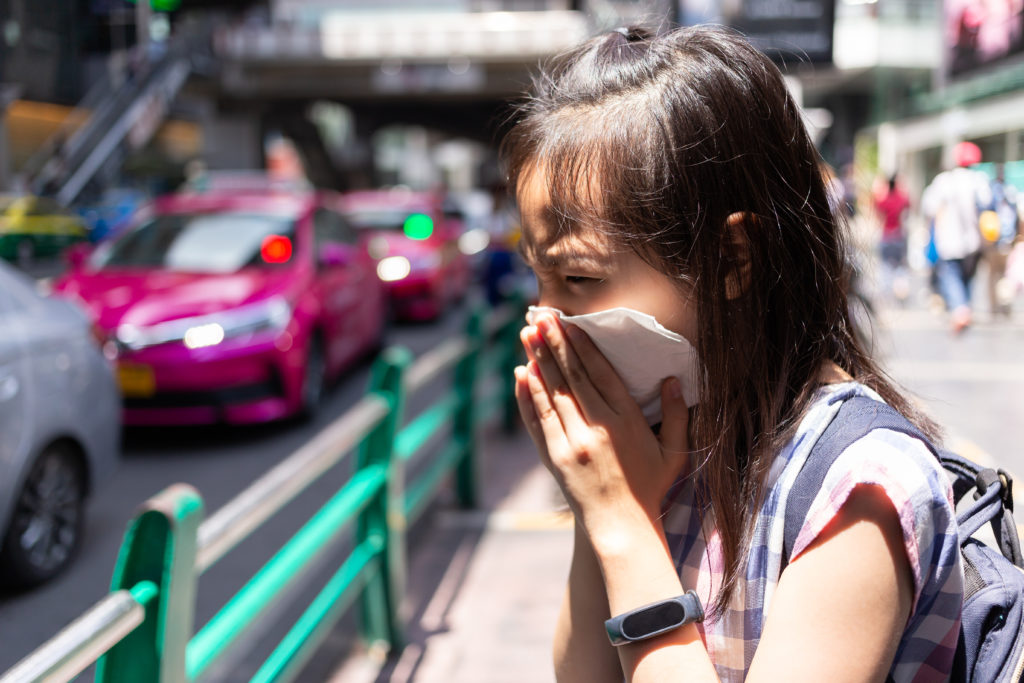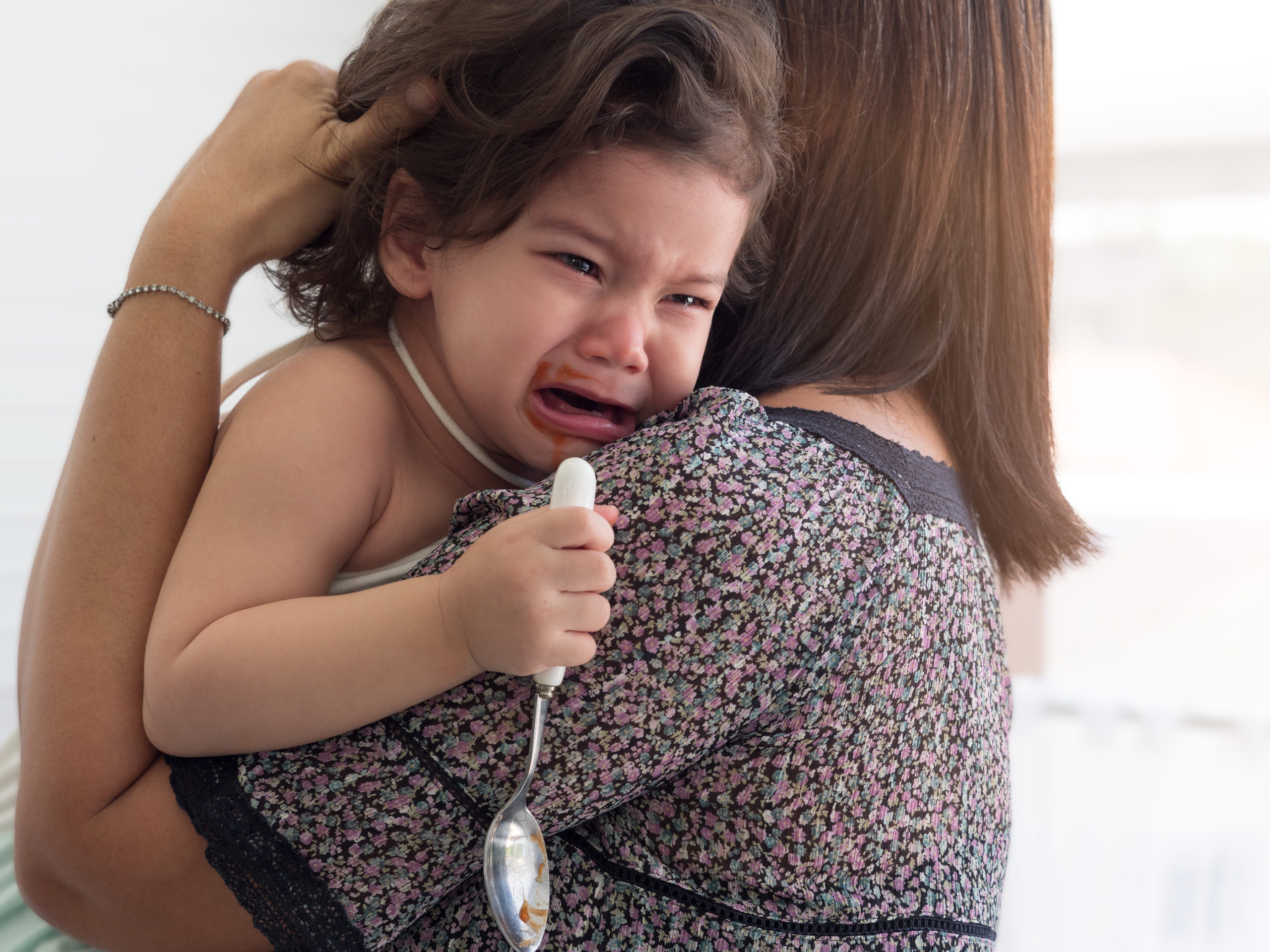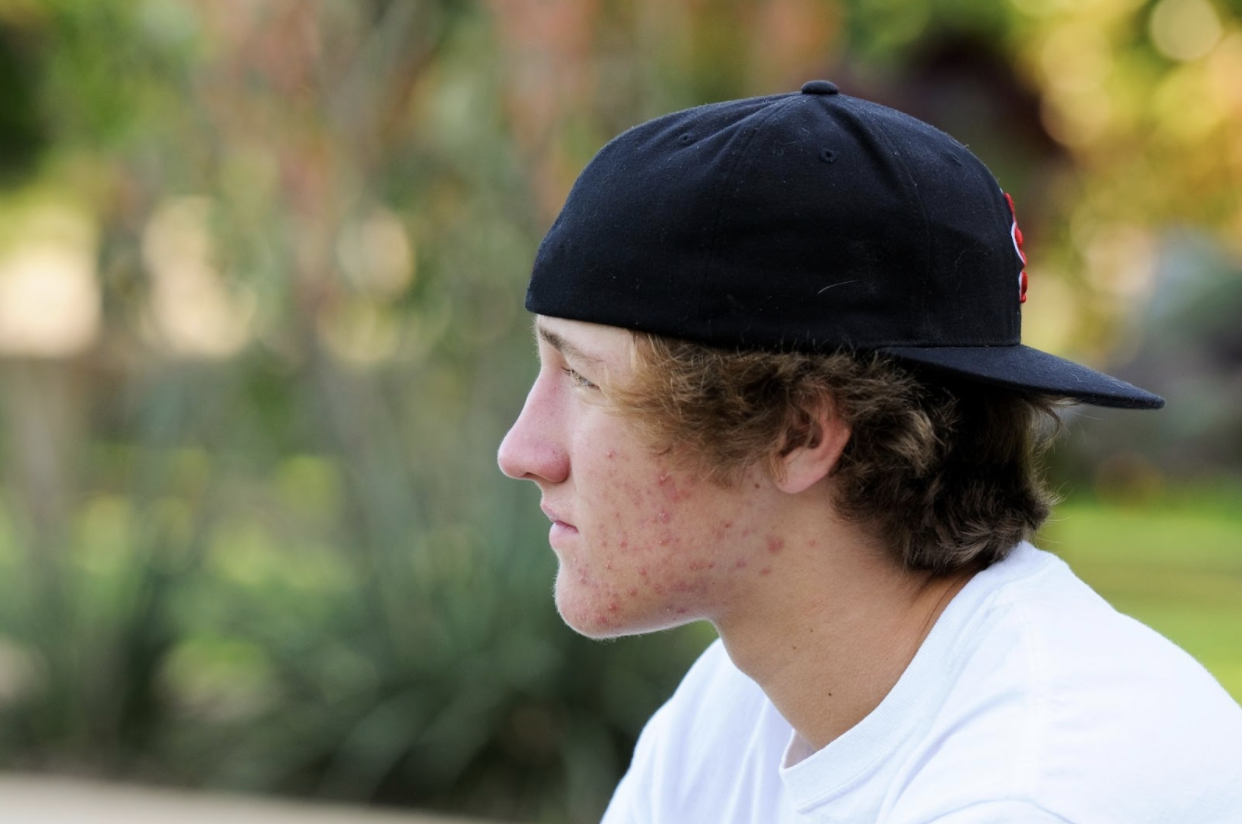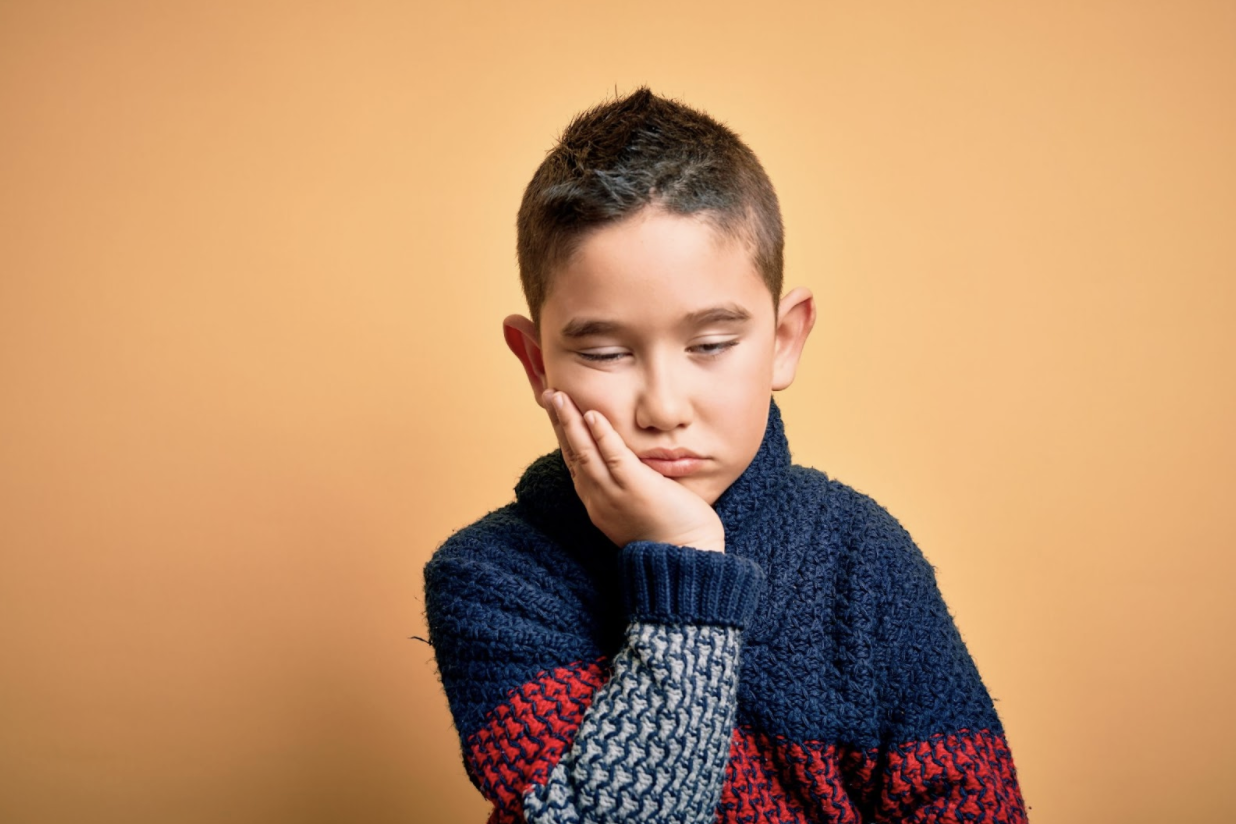A growing body of research in the United States and Western Europe shows the significant effects of the physical environment on children and adolescents’ cognitive and socioemotional development.
Simply speaking, the environment can have a significant impact on your child’s health, overall development, and your family’s sense of wellness.
So it’s important to be aware of your surroundings, and how the physical environment could be impacting your child’s and family’s health as well as their behavior. This is why holistic medicine recognizes the whole person, especially how environmental factors outside the body can contribute positively or negatively to our health. We’ve outlined five of the most common ways in which the environment can impact your family’s overall health and wellness.
How the Environment Can Impact Your Child’s Health
Indoor Airpollunlants
We often mistakenly assume the air in our homes is cleaner than the air we breathe outdoors. In truth, there are plenty of indoor air pollutants in our home environment. Quite a few more than you might expect.
Indoor air pollution can impact your family’s health in a number of ways: eye irritation, nose, and throat pain, headaches, dizziness, fatigue, asthma/trouble breathing, difficulty sleeping, nausea. Long-term exposure to indoor air pollution can be detrimental to your family.
Indoor pollution sources that release gases or particles into the air are the primary cause of indoor air quality problems. Inadequate ventilation can increase indoor pollutant levels by not bringing in enough outdoor air to dilute emissions from indoor sources and by not carrying indoor air pollutants out of the area. High temperature and humidity levels can also increase concentrations of some pollutants.
- Fuel-burning combustion appliances
- Tobacco products
- Building materials and furnishings
- Products for household cleaning and maintenance, personal care, or hobbies
- Central heating and cooling systems and humidification devices
- Excess moisture
If you suspect indoor air pollutants are present in your home, contact your family doctor immediately. There are many resources available to help you address the pollutants while also receiving treatment for symptoms caused by the poor air quality.
Noise Pollution
If you have ever lived near a construction site, quarry, or perhaps your neighbor renovated his home recently, you know how noise pollution can impact your general wellbeing.
For some families, noise pollution is part of everyday life. If you live in a large city or near an airport, excess noise is likely part of your everyday life.
There are two things that are important to understand with regard to noise pollution.
- It can negatively impact your family’s health
- You have legal rights
Noise pollution is related to hearing loss, sleep problems, difficulty concentrating, and headaches. It can also trigger higher levels of anxiety. If the noise is temporary, encourage your children to wear plugs or headphones to manage the volume. If the noise pollution goes unmitigated, you can contact the Office of Noise Abatement and Control (ONAC). This organization carries out investigations and studies on noise and its effect on the public health and welfare.
Crowding
When you need more space and can’t have it, you experience crowding. And research shows this has negative effects on our behavior. It is particularly challenging for young children. The most common reaction to crowding is stress, particularly over time, and in an important space like home.
Crowding can also be felt in other ways and various environments throughout the day. Children may experience a sense of crowding in their school building, neighborhood, even at daycare facilities.
Crowding can lead to feelings of helplessness, so long as the choice of what, where, and when we do things is constrained, and these restrictions are experienced repeatedly. You can see how this could be frustrating for children in particular. Young children are already trying to grow a sense of autonomy and independence. When their ability to move freely is heavily constrained, their sense of wellbeing and overall development is put at greater risk.
Air Pollution & Air Toxics
The six most common air pollutants (regularly monitored by the environmental protection agency and used to determine air quality) are: Carbon monoxide, Lead, Nitrogen dioxide, Ground-level Ozone, Particulate Matter, and Sulfur dioxide.
Overexposure to any of these pollutants can negatively affect your health.
Air toxics are very serious. There are 30 urban air toxics the EPA is legally obligated to control for health and safety. Low-income neighborhoods and urban areas may be disproportionately exposed to air pollution or toxics. Prolonged exposure may cause cancer or other serious health effects, such as reproductive effects, birth defects, or adverse environmental and ecological effects.
Concerned about How Your Physical Environment is Impacting Your Family’s Health?
As a holistic provider, we truly believe that the environment plays a significant role in our health and wellness. Do not wait to talk with us if you are concerned about how your surroundings are affecting your child’s wellbeing. We are here to help and can provide both treatments of symptoms and resources to help you navigate your concerns.





